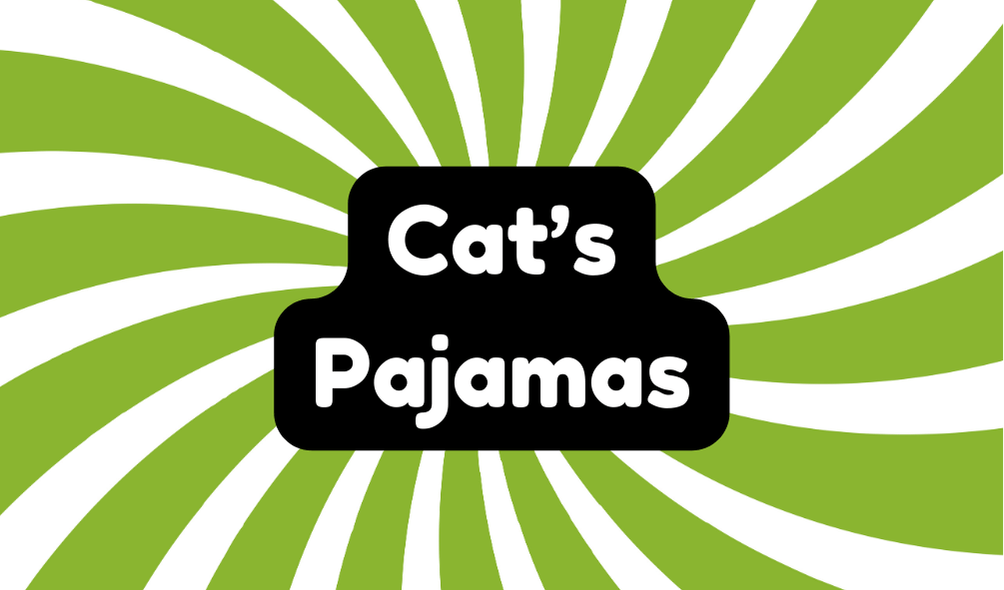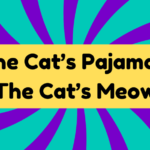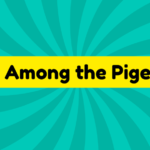The term "cat's pajamas" signifies something exceptional or remarkable. It emerged in the early 1900s, gaining traction during the Jazz Age, largely due to its playful phonetics and cultural resonance. Some speculate that the phrase relates to tailor E.B. Katz, while others attribute its rise to American cartoonist T.A. Dorgan. Common usage examples include, "That painting is the cat's pajamas." As language evolves, this phrase remains relevant, reflecting trends in style and excellence. While its playful nature is appealing, understanding its origins fosters more meaningful discussions about language. There's always more to uncover regarding its cultural impact.
Synonyms
To convey the notion of outstanding quality or exceptional style, several synonyms can be effectively employed in place of "cat's pajamas." Terms such as "bee's knees," "height of fashion," and "the cat's whiskers" similarly evoke a sense of excellence and trendiness. While these fancy phrases enrich the language, one must approach them with a degree of skepticism.
- Synonyms often lack specificity, potentially leading to ambiguity.
- Overuse of trendy terminology can dilute their impact.
- Context is essential to guarantee they convey the intended meaning.
Thus, while utilizing such terms can enhance communication, it remains vital to understand their nuances and appropriateness in various contexts. This discerning approach elevates language beyond mere trendy expressions.
Example of Sentences
The idiom "cat's pajamas" is commonly used to express high regard for something, often highlighting its excellence or fashionable appeal. Examples of its usage demonstrate the significance of idiomatic expressions in our language and their cultural relevance. Here are a few illustrative sentences:
- "Wow, that drawing of a dinosaur is the cat's pajamas."
- "Tom's magic trick was the highlight of the party, the cat's pajamas."
- "Sarah's new dress can definitely be called the cat's pajamas."
Such expressions reveal how language evolves and reflects cultural trends. While they may seem whimsical, terms like "cat's pajamas" serve to connect us with the past, allowing us to appreciate the playful nature of communication amid changing societal standards.
Origin
Emerging in the early 1900s, the idiom "cat's pajamas" quickly became a staple of popular vernacular, particularly during the Jazz Age. The phrase encapsulates a notable cultural significance, reflecting the linguistic evolution of its time. While initially linked to T.A. Dorgan's playful expressions, its origins potentially relate to tailor E.B. Katz, whose name may have transformed into this whimsical idiom. The appeal of pajamas as fashionable attire in the 1920s contributed to its rise, signifying modern coolness. This evolution showcases how language adapts to societal trends, yet one must consider the superficiality of such expressions. While "cat's pajamas" delighted audiences, it is crucial to examine its lasting impact beyond mere catchiness and recognize its role in contemporary discourse.
Collocations
Collocations associated with the phrase "cat's pajamas" illustrate
How to Use in Everyday Language
While incorporating the phrase "cat's pajamas" into everyday language, it can effectively convey admiration or approval in various contexts. This idiomatic phrase serves as a vibrant expression that can elevate conversations, particularly when discussing fashion, art, or achievements. However, it is vital to use this term judiciously; overuse may dilute its impact, rendering it just another cliché amidst a sea of everyday expressions. To maintain its charm, reserve "cat's pajamas" for instances that genuinely warrant high praise. When aiming for innovation in communication, balancing creativity with clarity is significant. Embrace this phrase in informal settings to enliven dialogue, but remain mindful of its connotations to avoid unintended irony or trivialization of significant ideas.
Why Is It Still Relevant Today?
The phrase "cat's pajamas" continues to captivate contemporary language due to its playful charm and versatility in expressing admiration. Its cultural significance lies in reflecting shifting tastes, where style and excellence remain paramount. As generations evolve, the idiom adapts, demonstrating linguistic evolution that resonates with modern audiences. While some may question its novelty in a world filled with new expressions, the phrase endures, serving as a nostalgic nod to earlier eras and a means of conveying enthusiasm for the extraordinary. Its simplicity makes it accessible, bridging gaps between different demographic groups. Ultimately, "cat's pajamas" sustains its relevance by encapsulating the light-hearted yet meaningful way we articulate approval, proving that even whimsical expressions can carry lasting weight in language.







